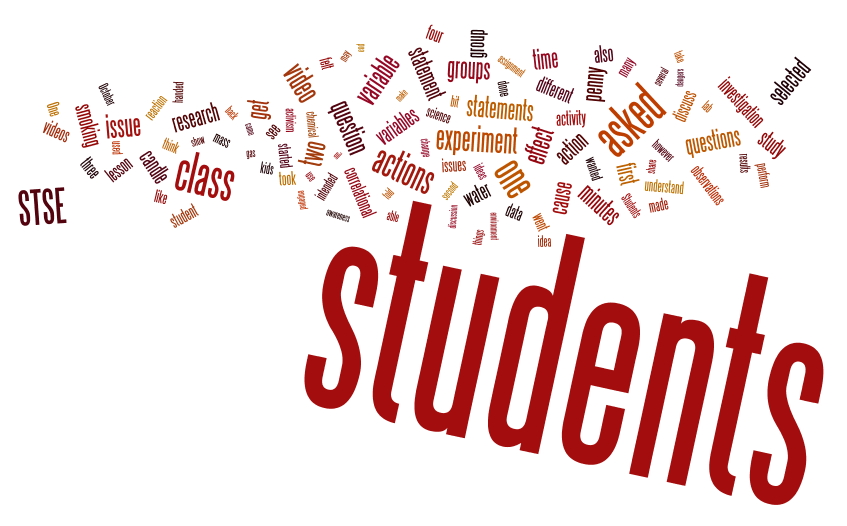Teaching various numbers of students, in small or big classes really opened my mind that some students may respond differently in different situations and that the teacher needs to base their decisions related to teaching methodology on careful and continuous classroom observation. I have to maintain my students’ learning motivation by creating a class situation, which is tolerant of what Ur (1996, p.275) calls temporary lack of understanding or confusing. When students feel unthreatened by their temporary lack of understanding or confusion, they will feel confident that their understanding will come later and the keep their engagement to my whole lesson.
I have to give careful correction of students’ errors following a basic principle suggested by Gower and Walters (1983, p.149) that students learn more effectively if they are guided in such a way that they eventually correct themselves rather than if they are given the correct version straight away. I promoted these self-correction and peer correction techniques in all my previous lessons and I will keep doing this for my future lessons.
Most students like to move around, touch something, and find partners to talk about topics related to their daily life so by giving a warmer that provokes students-to-student interaction and relate it in such a way to the topic of my lesson, I will be able to both let the students control the pace from the very beginning and create an emotional atmosphere and to sustain it for the duration of the lesson.
Ways to assess learners’ improvement
As stated earlier, I promote the students assessing themselves approach in addition to my assessment of students’ performance. By doing day-to-day observation on the students who make errors in certain tasks and students who correct those errors in peer correction in the feedback session, I will know my students’ improvement. I believe I may also see some particular improvement in my students’ learning outcomes, such as pronunciation and grammar, efforts made by my students in finishing their tasks and in giving opinions to my concept checking questions.
Monitoring the students closely while they are practicing the target language is also a way to assess my students’ improvement. What I need to do is to set up enough practice activities in my lessons and to ensure that the students are able to interact during the practices and that my monitoring policies lend themselves to the achievement of the aims of the practice. I believe I can also assess my students’ improvement from the questions they ask. I have to pay attention to ‘who’ asks ‘what’ in order to see what the questions reflect about the person who asks the questions reflect about the person who asks the question.
I also need to give my students some tests in order to see their improvement in learning English. Even though giving a test is, according Ur (1996,p.33) in contrast to practice, in a sense that practice is a sheer learning whereas a test is only to convey how well the test taker knows or can do something. She also suggests that doing a test may be useful for both the learners and the teacher. The learners may be aware of what they need to learn and review and the teacher may know where the students are at the moment and help decide what to teach next. I agree with this and I am sure that giving a test for my students in class will not demotivate them in learning English because I will inform them about the test beforehand and the result of this test is not the only consideration for assessing their learning outcomes.
Written by Hanung Triyoko, S.S,M.Hum,M.Ed

